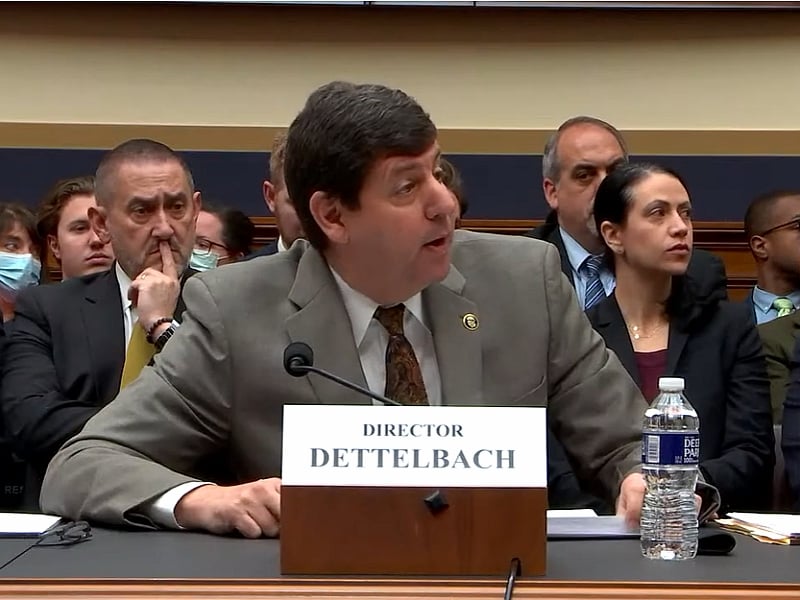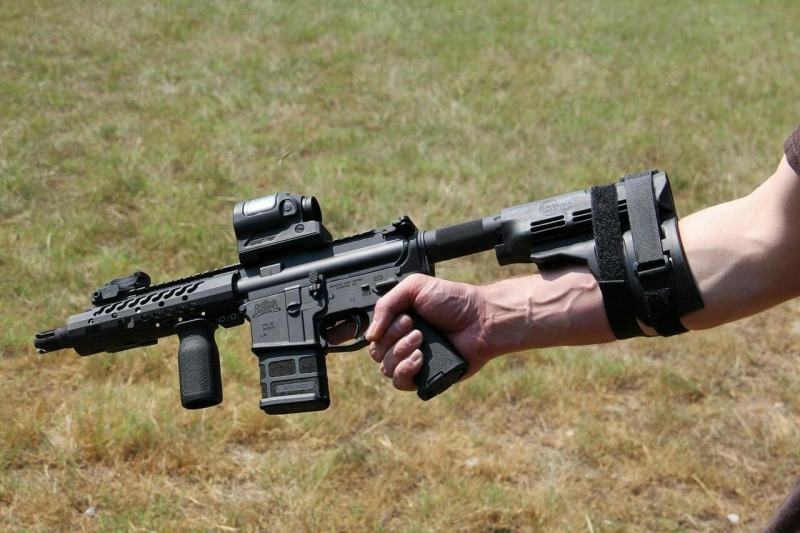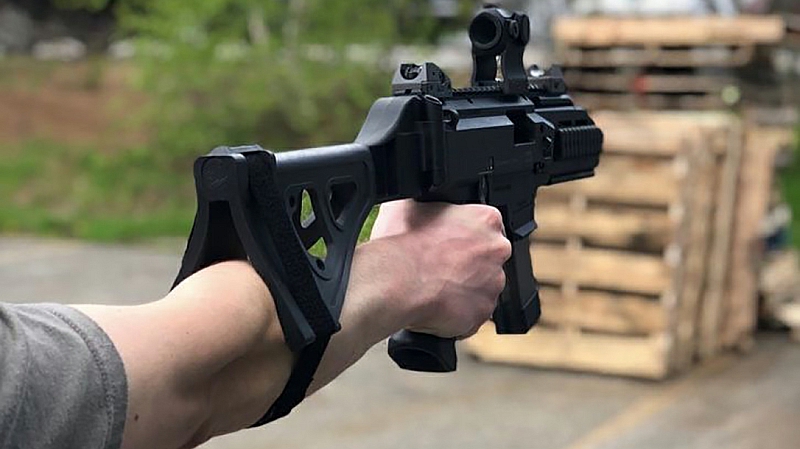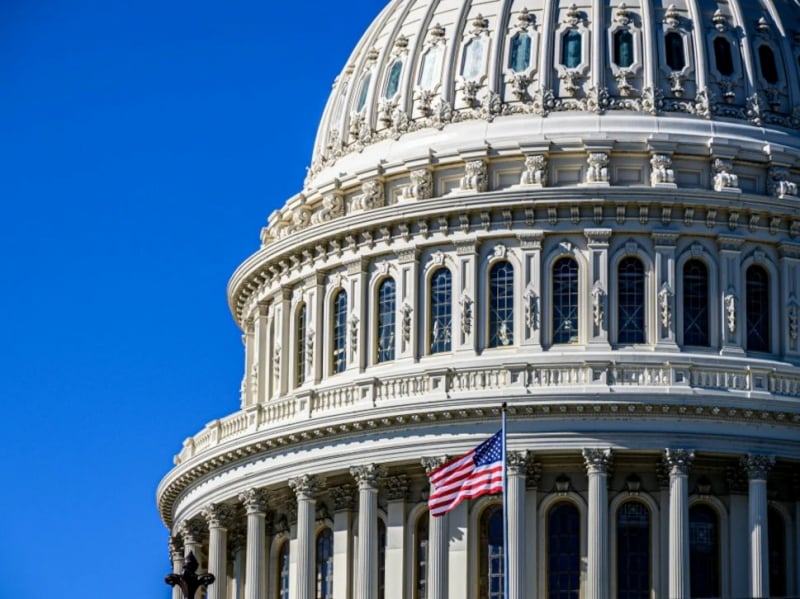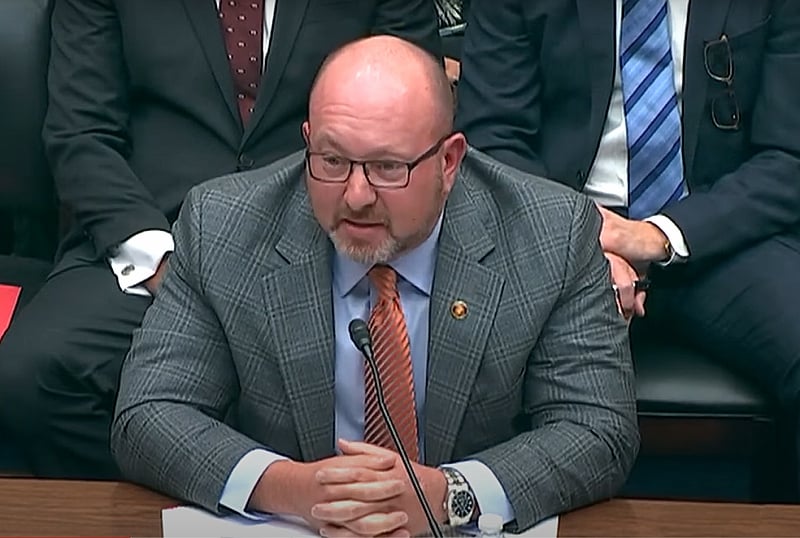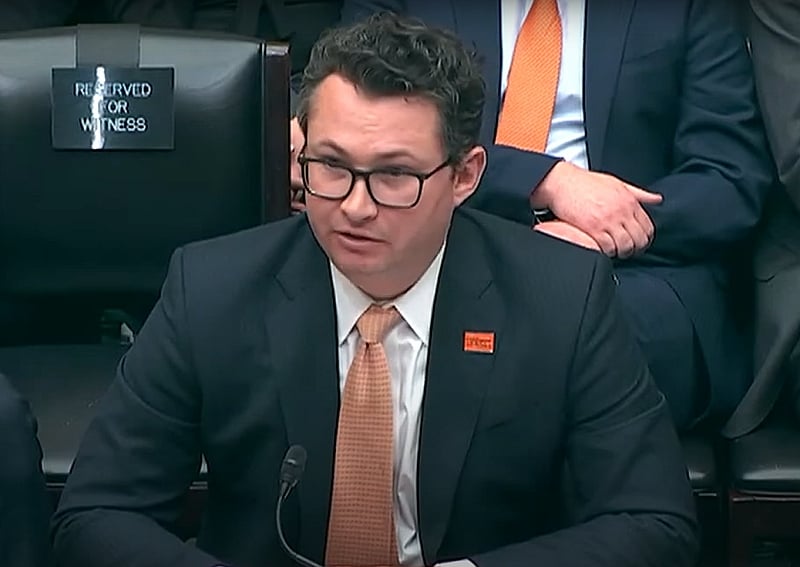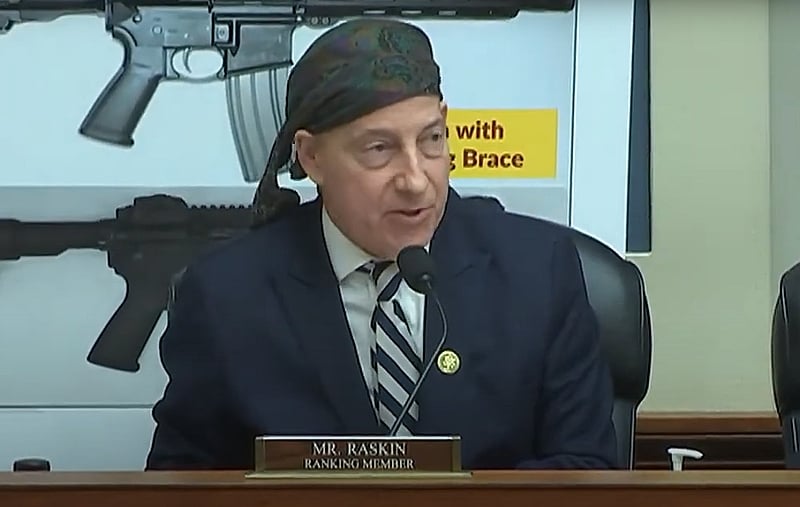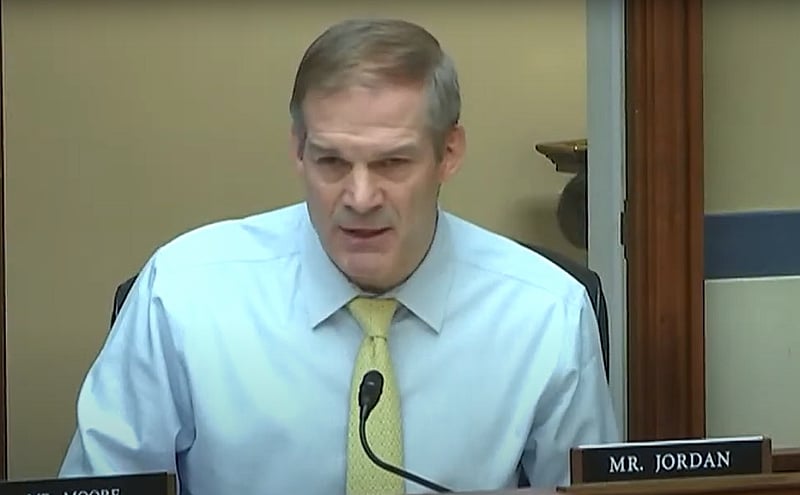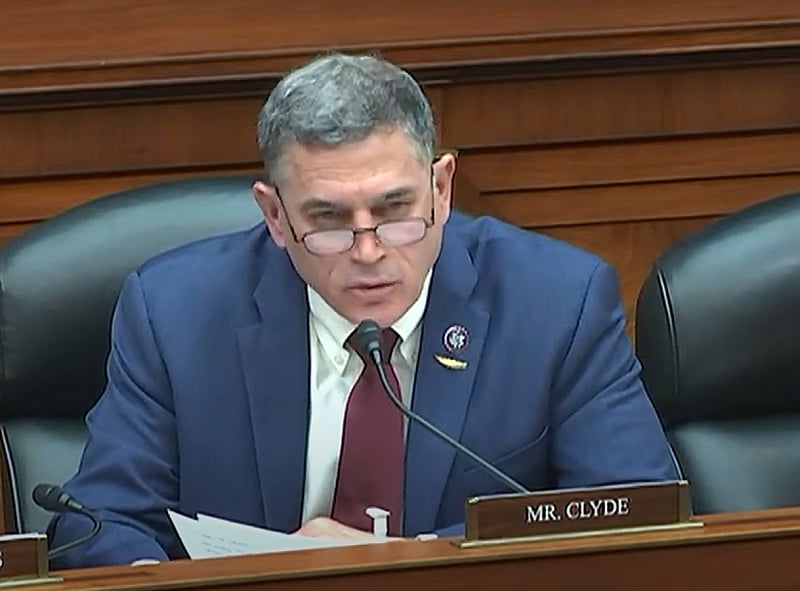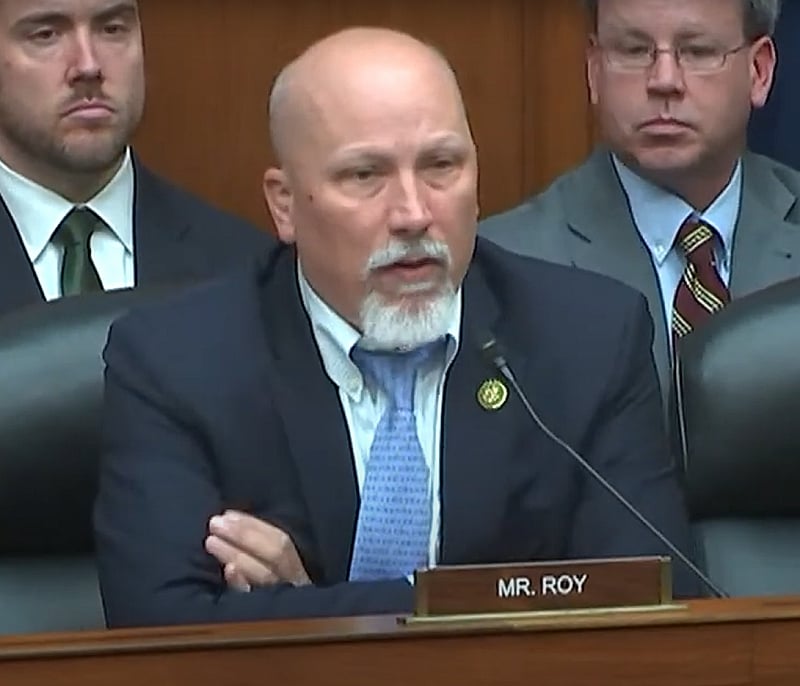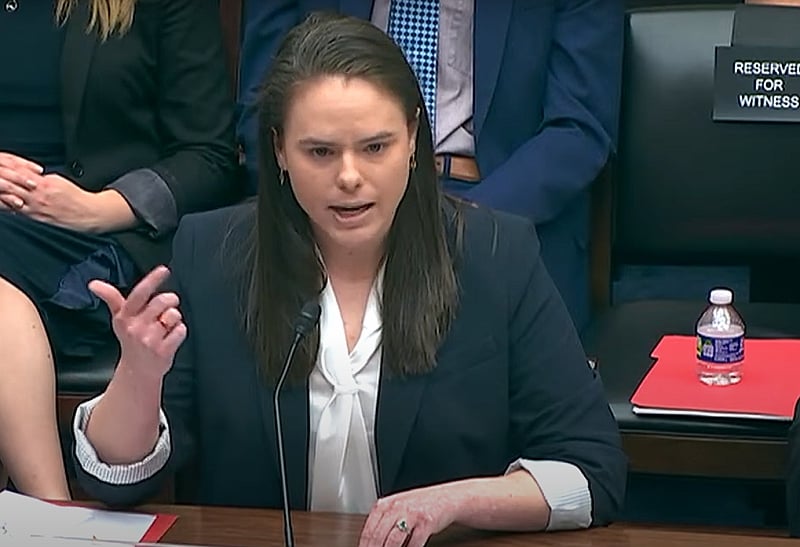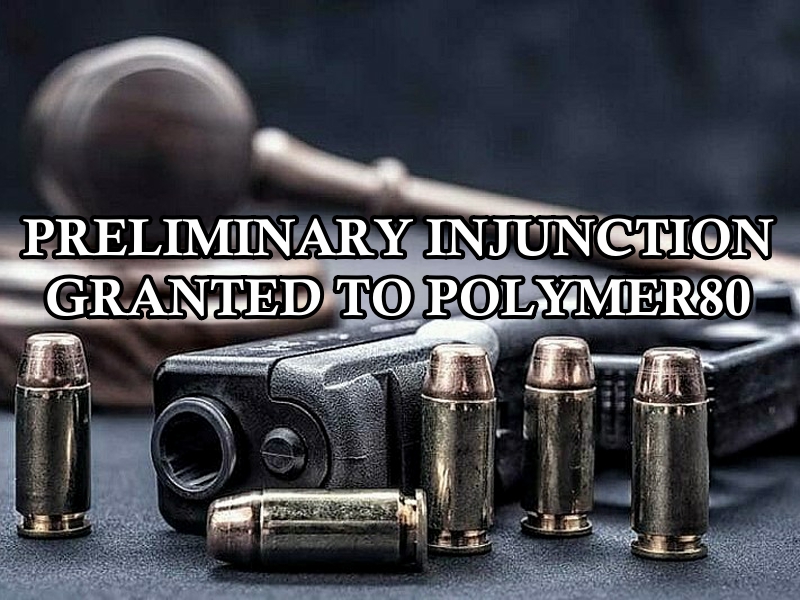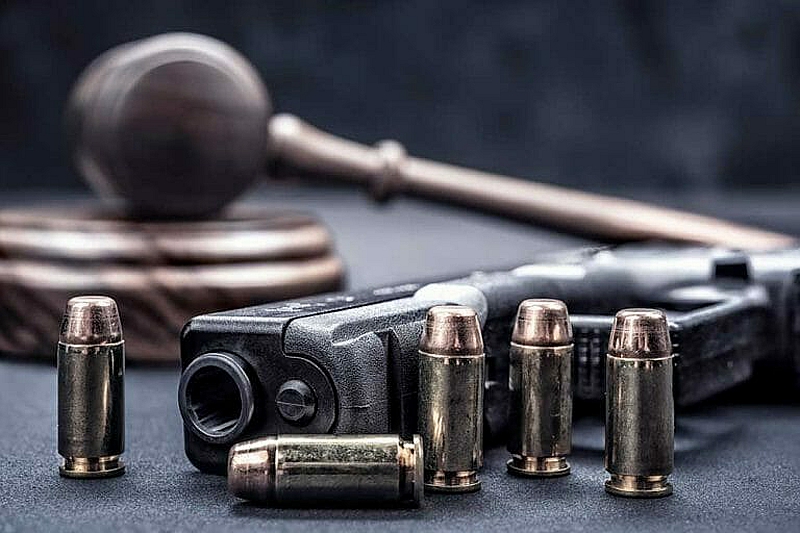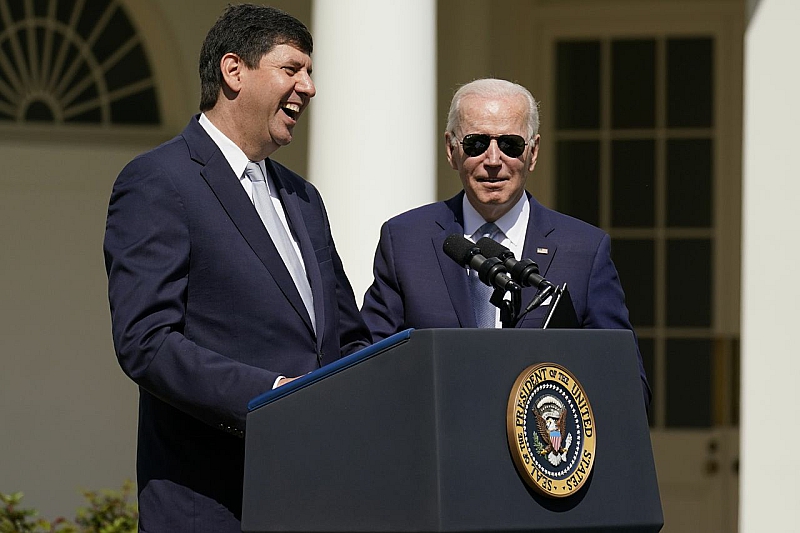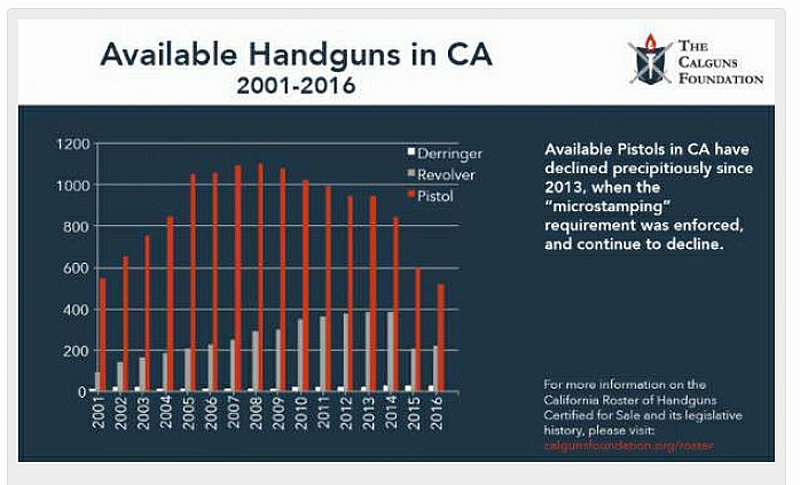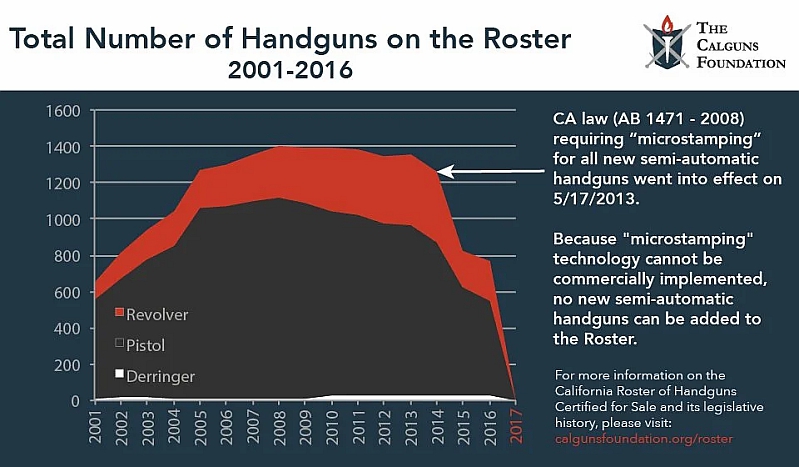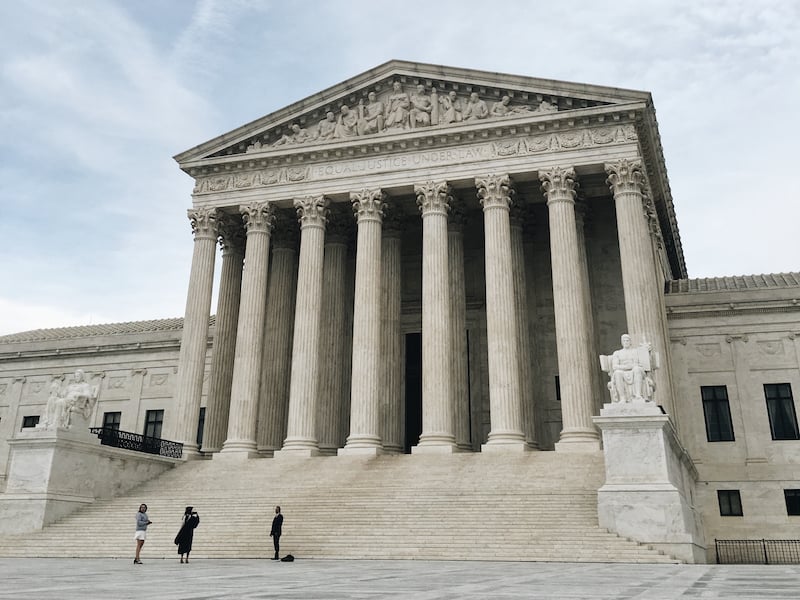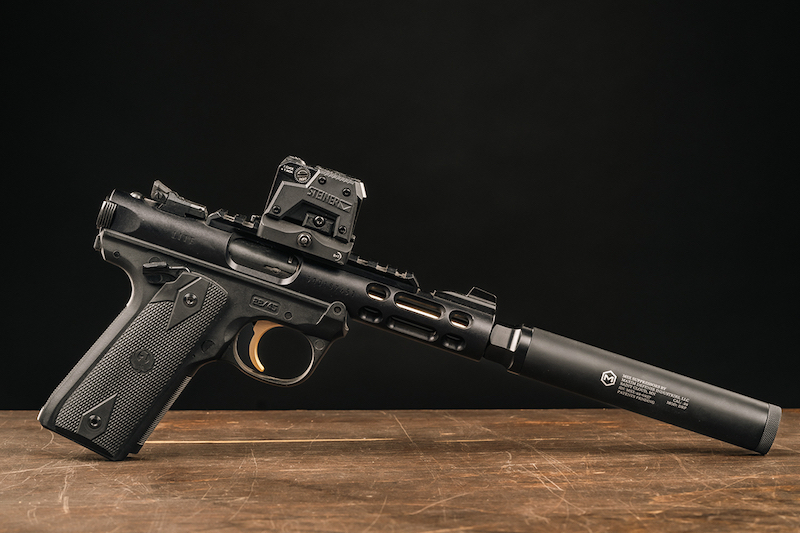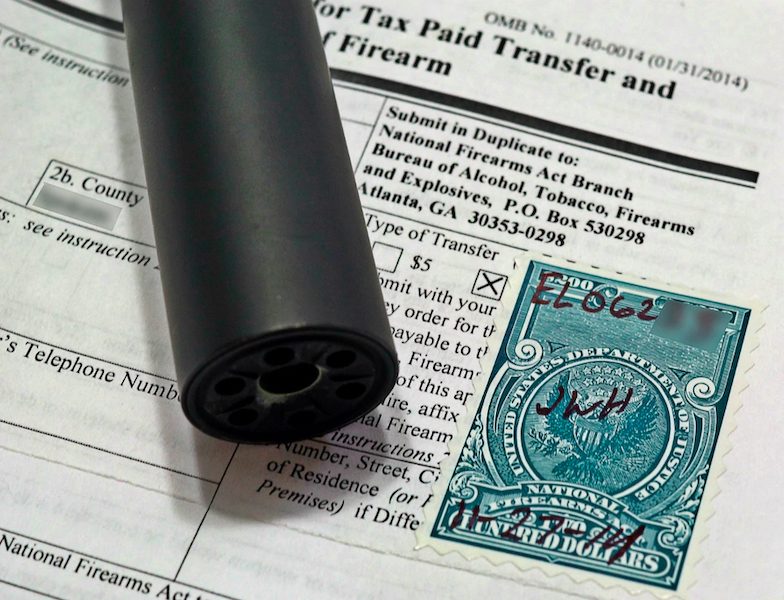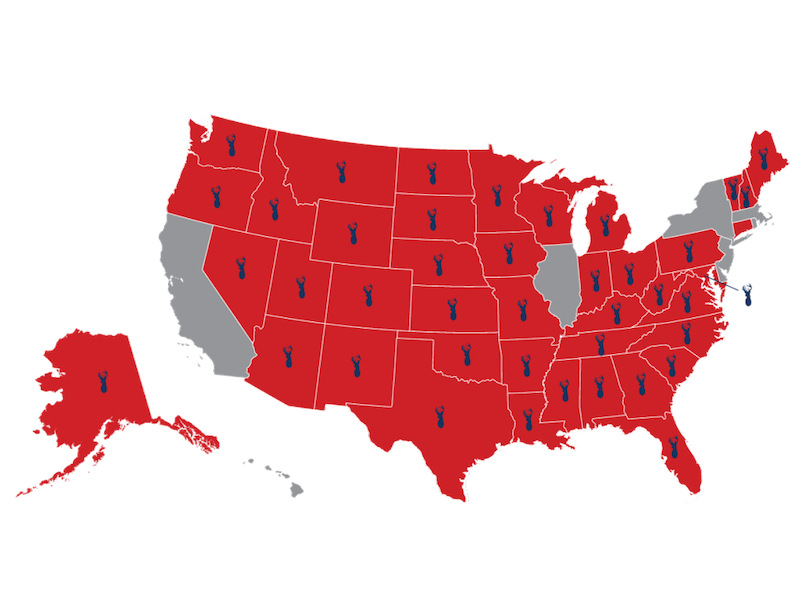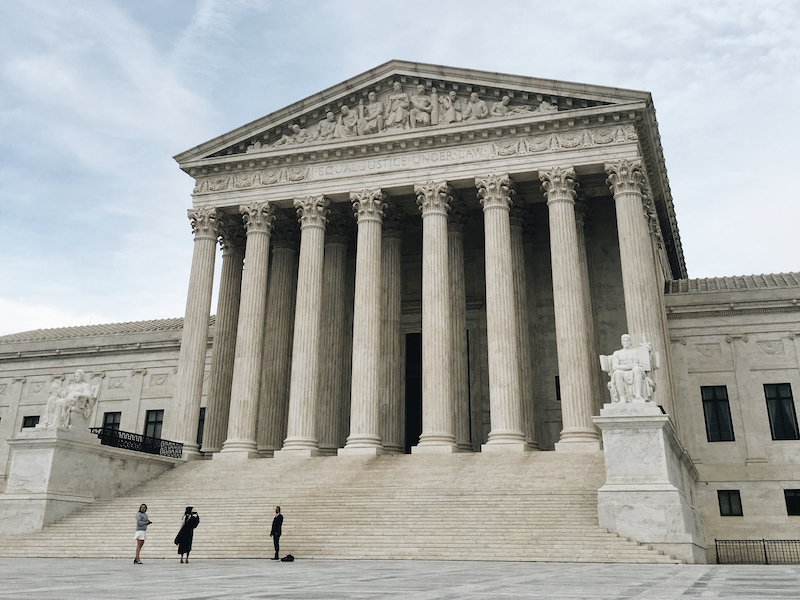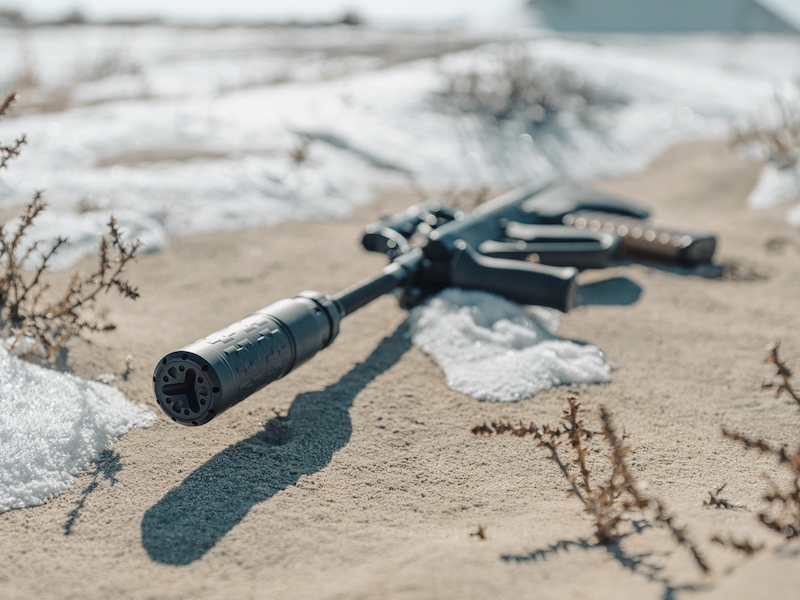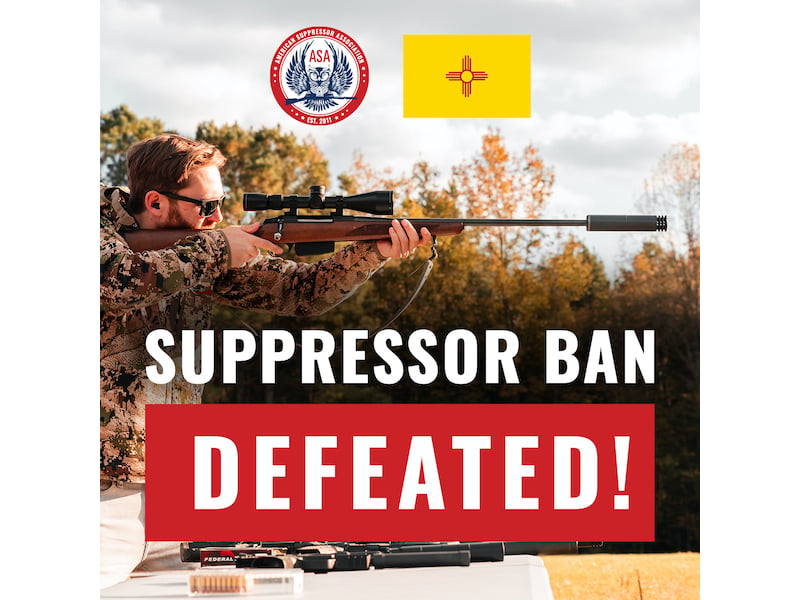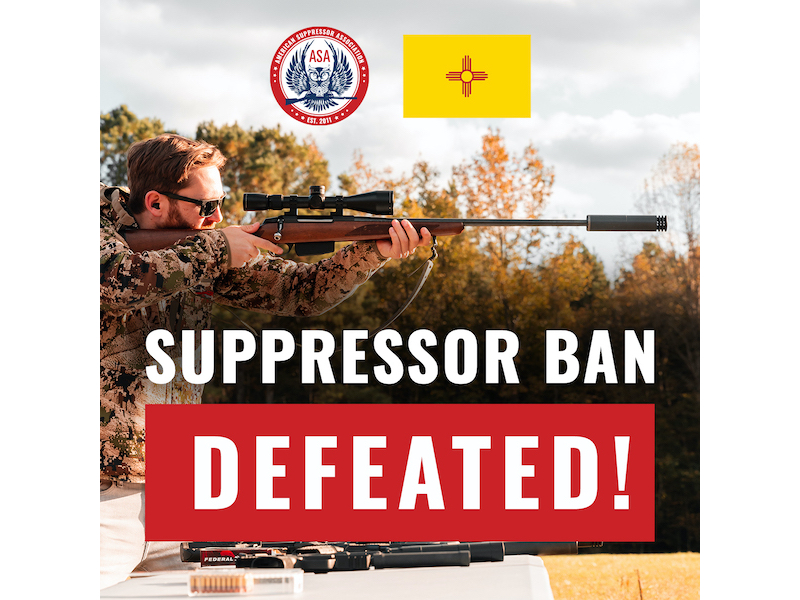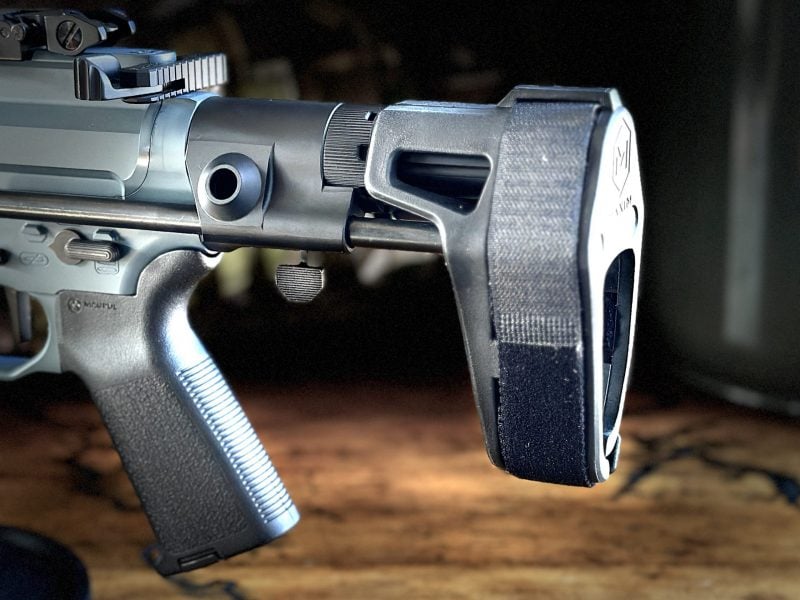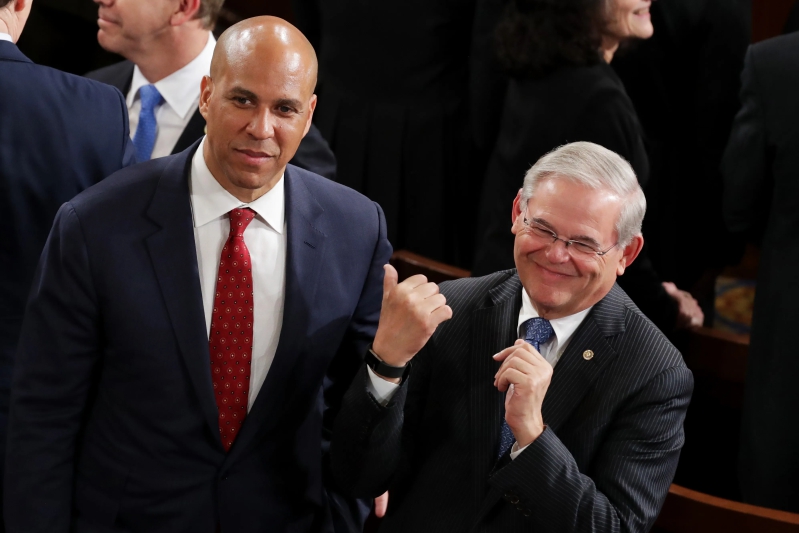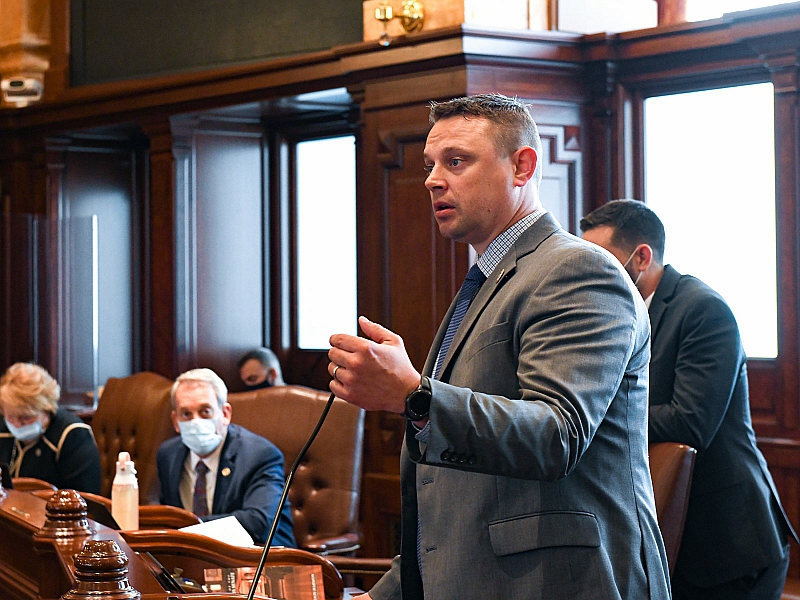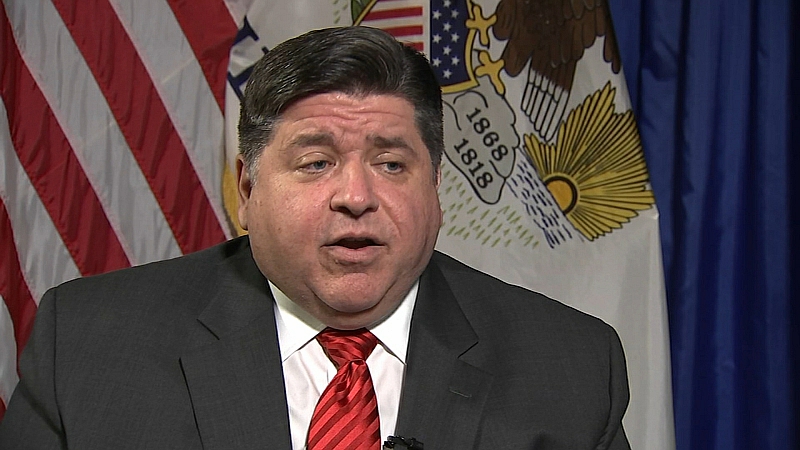[ad_1]
The Bureau of Alcohol, Tobacco, Firearms, and Explosives (ATF) continued taking fire over its recent actions as Director Steve Dettelbach appeared before the House Judiciary Committee last week. Most of the 3½-hour hearing was taken up by rhetoric from both sides, but some interesting themes eventually emerged.
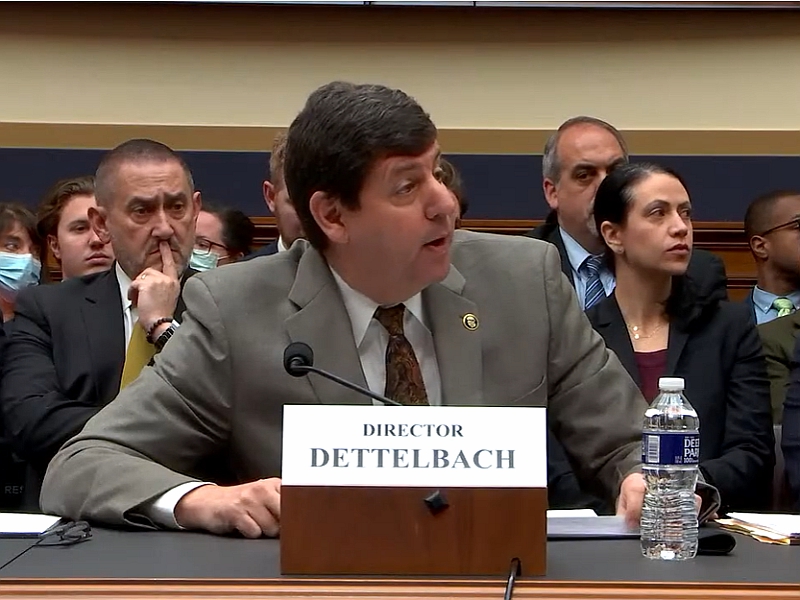
Only a few Representatives said anything substantive toward the issue at hand. Tennessee’s Steve Cohen sagely declared that stabilizing pistol braces are “mostly…used by people who go out with the intent to kill people.” Glad he shared his expertise, despite his inability to identify the items in question, repeatedly referring to them as “stabilizing rifles,” or “whatever they’re called.” Considering an estimated 10 to 40 million Americans own pistol braces, I’d say the Congressman is mistaken. Dettelbach, to his credit, did not rise to Cohen’s bait.
If “10 to 40 million” seems a rather inexact number, you’re correct. The wide discrepancy stems from ATF’s Regulatory Impact Assessment (RIA), which examined the number of braces purchased since their introduction in 2013. It seems that the RIA did not include sales numbers from the years 2020, 2021, and 2022, which were possibly the three highest sales years for pistol braces. Dettelbach was asked about the failure to include those numbers, implying that ATF purposely downplayed the number in circulation, but nothing much came of it.
So, let’s look at the major questions raised, along with Dettelbach’s responses. It may provide some insight as this, and related issues move forward.
Does a stabilizing brace turn a pistol into a short-barreled rifle?
In short, according to the ATF’s new rule, yes it does. Of course, that assertion is being challenged in court, and several Representatives questioned Dettelbach on that premise.
The ATF Approval Letter
Troy Nehls (R-TX) read a 2012 letter from ATF’s then-head of the Firearm Technology Branch, John Spencer, to Alex Bosco, inventor of the stabilizing pistol brace. “Based on our evaluation,” Spencer wrote, “FTB finds that the submitted firearm brace, when attached to a firearm, does not convert that weapon to be fired from the shoulder, and would not alter the classification of a pistol or other firearm. While a firearm so equipped would still be regulated by the Gun Control Act, such a firearm would not be subject to the NFA (National Firearms Act) controls.”
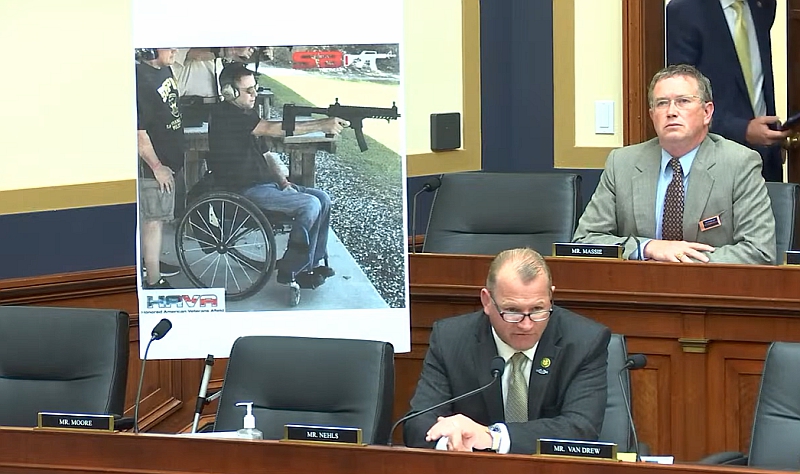
In other words, Spencer said that the submitted brace design would not cause any firearm to which it was attached to be classified as a short-barreled rifle (SBR). Nehls asked Dettelbach whether that letter was considered during the rulemaking process. Dettelbach offered no straight answer, though others followed up, eliciting a more cogent response.
Ohio’s Jim Jordan later asked Dettelbach if he was “troubled by the rule.” “You told them one thing ten years ago, and now you’re directly contradicting that.” Dettelbach explained that the original brace design submitted by Bosco was never manufactured. He said that Bosco’s SB Tactical altered the design, as did other companies, from what Spencer approved in 2012.
Thomas Massie (R-KY) offered a physical example of Bosco’s original design, asking Dettelbach if it was exempt from the rule since it was indeed the exact brace approved in 2012. Dettelbach either could not, or would not, answer. This seems to make his explanation that the rule was based on changing designs questionable, at least. Massie concluded by saying, “It’s pretty obvious you’re misleading people here when you say that the brace has changed, because your rule affects the braces that didn’t change.”
Is it the brace, or how the brace is used?
Jordan offered another ATF letter that read, “We have determined that firing a pistol from the shoulder would not cause the pistol to be reclassified as a short-barreled rifle. We do not classify weapons based on how individuals use the weapon.”
This letter would seem to make the brace’s design, changed or not, all but irrelevant, so long as it performs its stated function as a stabilizing brace for disabled shooters. In addition, it seems to disabuse the Final Rule’s obsession with surface area that can be used to shoulder a brace-equipped firearm. Finally, the letter also invalidates the claims of pro-ATF politicians who employed marketing materials to show the braces were being shouldered.
Dettelbach did not have a satisfactory answer for this, replying that “The rule was necessary, in part, because it needed to address inconsistency, so that people could understand the definition of a short-barreled rifle.”
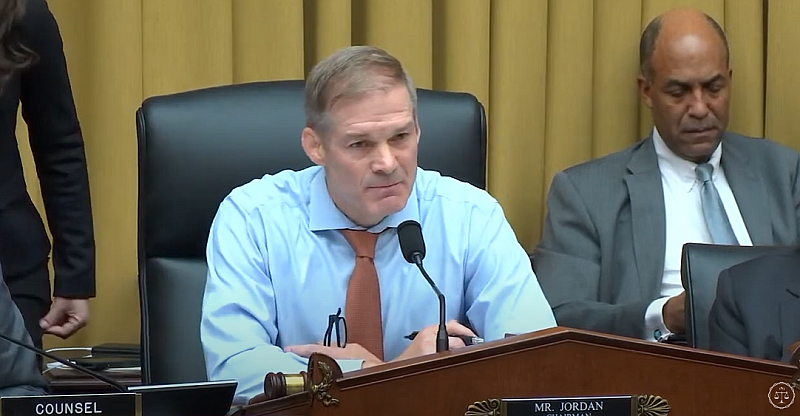
Massie asked Dettelbach whether a brace increases a firearm’s firepower or velocity. Of course, it does not. Massie then asked if Dettelbach believed he had the power to reclassify a pistol with a buffer tube because, theoretically, it could be shouldered. Dettelbach deflected to ATF’s firearms experts, refusing to comment on his perceived authority, though the rule seems to indicate that ATF does indeed believe they have such authority.
California’s Darrell Issa pressed an unfruitful but interesting line when he asked Dettelbach whether a pistol brace increases a pistol’s accuracy. Dettelbach responded that Congress wrote, in the NFA, that increased accuracy makes SBRs “unusually dangerous.” That “unusually dangerous” tag comes from the combination of concealability and the ability to be shouldered.
Most gun people I know would argue that a firearm’s accuracy, relating to danger, is entirely subjective. In a responsible person’s hands, which is what we’re discussing, accuracy makes the firearm more dangerous to the target, while less dangerous to anyone else. The NFA, of course, was aimed at criminals, though an inaccurate firearm is always dangerous to potential bystanders. This is just one example of the NFA’s contradictory nature. Despite the contradictions, Dettelbach was able to fall back on the NFA as it was passed by Congress in 1934.
Is ATF deliberately targeting law-abiding citizens?
Several Representatives went after Dettelbach for targeting millions of pistol brace owners who bought a lawful product, only to be faced with a possible felony with the rule change. Congresswoman Victoria Spartz (R-IN), who was born in the former Soviet Union, asked Dettelbach, “What is the core mission of your agency?” Dettelbach replied that the ATF’s mission is “to prevent and protect the American people from violent crime.”
The question came after Dettelbach had decried scarce agency resources and said that local police chiefs are begging him for more. Spartz countered insightfully by asking, “Do you believe that trying to turn millions of Americans, law-abiding citizens, into criminals for owning a piece of plastic is really where you should put so much emphasis? You have nothing else to do?” Dettelbach responded that he didn’t believe that is what ATF is doing. “But that’s what you are doing in fact,” said Spartz.
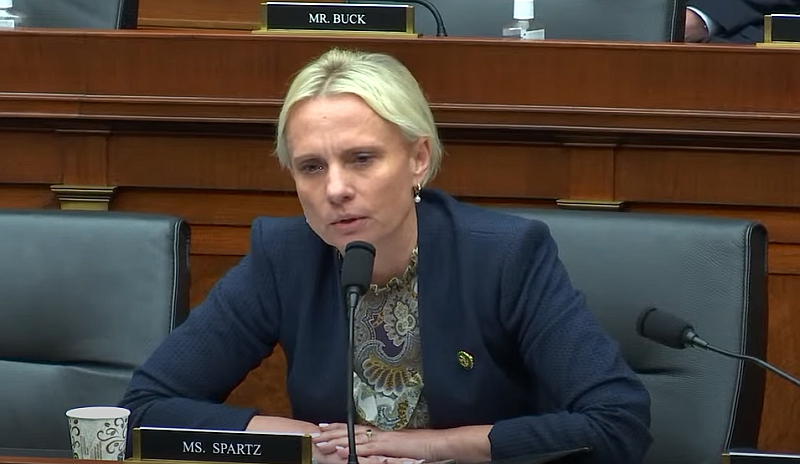
New Jersey’s Jeff Van Drew, furthering the point, remarked that “It is cruel to tell people [that] because you are going to make a stabilizing brace illegal…that their children are going to be okay. Because it just isn’t true.”
Jordan asked Dettelbach how ATF planned to enforce the rule. “You gonna go to gun ranges? You gonna go to manufacturers and look at lists of people they sold braces to?” Dettelbach did not provide a yes or no answer. He implied that enforcement would be part of other operations, such as finding a brace at a crime scene. But he did not say that Jordan’s scenarios would not happen.
As someone who has suffered through many such hearings, Wyoming Congresswoman Harriett Hageman’s turn was probably the best and most productive five minutes that I’ve seen in a long time, or maybe ever. She skewered Dettelbach like a seasoned prosecutor, seemingly flustering the Director on a couple of occasions. She was informed, organized, calm, and focused.
“Mr. Dettelbach,” asked Hageman, “is your priority as ATF Director to catch criminals who violate the law, or to change the laws to create new criminals?” Dettelbach responded that, “We use the laws as Congress has passed them to try to protect people from violent crime and catch people who are violating the law.”
“How is your regulatory agenda accomplishing that goal?” Hageman asked. Dettelbach replied, “Because when Congress passes a law that Congress determines advances public safety, [such as] the National Firearms Act, the law has to be implemented by somebody. It has to be enforced by somebody. Law enforcement officials…do that…” Hageman interrupted sharply, saying “Congress didn’t pass a law banning bump stocks, did it? Just answer my question, yes or no.”
Dettelbach did not answer yes or no, which leads us to the question of…
Has ATF overstepped its authority?
This question is being pursued in legal challenges to the Bump Stock ban, the Frames and Receivers Rule, and the Pistol Brace Rule. The legal side is still sorting itself out, with one Federal Circuit Court ruling in favor of the Bump Stock ban, while two others have ruled against it. Neither has the Frames and Receivers Rule fared well in court, and while the Pistol Brace challenge was denied a preliminary injunction, the case itself has yet to be heard. Expect the Supreme Court to involve itself at some point.
Several Representatives, including Massie, Jordan, Chip Roy (R-TX), and Ken Buck, (R-CO) accused Dettelbach and ATF of overstepping the agency’s authority. But, again, the most fascinating and pointed examination came from Wyoming’s Hageman. Her line of questioning was quite revealing, and I’ll include a fair part of it here.
Hageman was Savage
Hageman opened by saying that “The ATF and the entirety of the administrative state continue to engage in illegal lawmaking.” She moved quickly to the Cargill Bump Stock case. “You have repeatedly stated that the ATF only carries out the laws as passed by Congress. But that isn’t true. The 5th Circuit Court of Appeals, in fact, ruled against the ATF.”
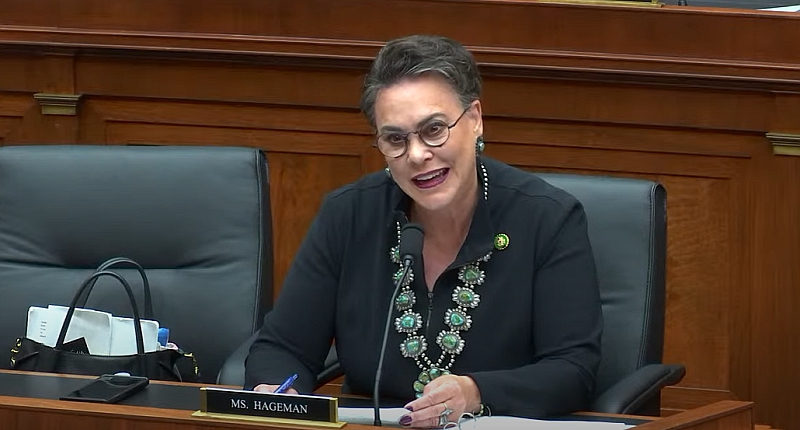
Hageman noted that a crucial part of the 5th Circuit’s decision in Cargill hinged on the ATF’s flip-flopping on bump stocks, reclassifying an accessory as a “machine gun.” “But not because Congress issued any new law,” she continued. “It was a new interpretation on your part. In fact, the Court in the Cargill case found that there had been bills that had been introduced [in Congress] regarding bump stocks. But before they could be considered in earnest, the ATF went forward with this rule, ‘short-circuiting the legislative process.’ The 5th Circuit further concluded that even if the ATF interpretation of the statute were correct, the rule would clash with the Rule of Lenity because ‘it purports to allow ATF, rather than Congress, to set forth the scope of criminal prohibition.’”
Hageman then asked pointedly, “Director Dettelbach, does this situation, and the questions raised, sound familiar to you outside of the scope of the Cargill case?” Dettelbach deflected, saying the courts were split on the Bump Stock Rule, which is likely headed to the Supreme Court. Undeterred, Hageman pressed on, saying “My point is that what the ATF did with the Bump Stock [Rule] is very similar to what you’re attempting to do with the Pistol Brace Rule, isn’t it?”
“Those are different situations,” replied Dettelbach. “That’s not what the Court found, is it?” Hageman shot back. Dettelbach appeared to get flustered at this point, launching excitedly into a diatribe about how it’s “impossible” to only fire one round while using a bump stock (which isn’t true). I thought that statement also opened a small window into the Director’s personal views.
Hageman was undeterred, smiling at Dettelbach’s discomfort, saying that “It’s a pretty scathing indictment of the ATF’s attempt to subvert the lawmaking authority of Congress by misinterpreting statutes so that an unelected bureaucrat can essentially alter the underlying statute and apply new criminal prohibitions…Director, who elected you to expand and rewrite the scope of federal gun laws? You haven’t been elected by anyone, is that right?” Dettelbach responded that he is not a politician.
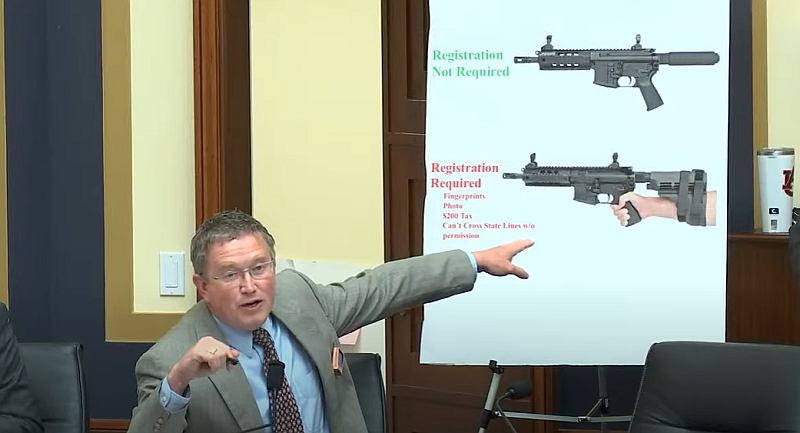
So, now what?
That’s hard to say. The hearing’s purpose was to examine ATF’s actions and get some public statements from Dettelbach. As usual, most of the hearing was a waste of time. The Director held his own for the most part, deferring to Congress through the NFA. But a few cracks appeared, as with Nehls’ ATF approval letter, Massie’s points about the original brace not being exempted, and Jordan revealing that ATF previously said it doesn’t reclassify items based on how they are used.
Hageman, new to Congress (she holds Liz Cheney’s former seat), bears watching going forward. She may be a key ally in protecting Second Amendment rights. Her examination of Dettelbach should provide insight into how to move forward in this case and others like it.
The matter still rests with the courts, though it’s nice to see Congress, or some members of Congress, pushing back on Executive usurpation of lawmaking authority. The West Virginia v. EPA case moved that issue forward last summer. Let’s hope Congress will continue in that vein.
[ad_2]
#ATF #Director #Testifies #Agencys #Perceived #Overreach
